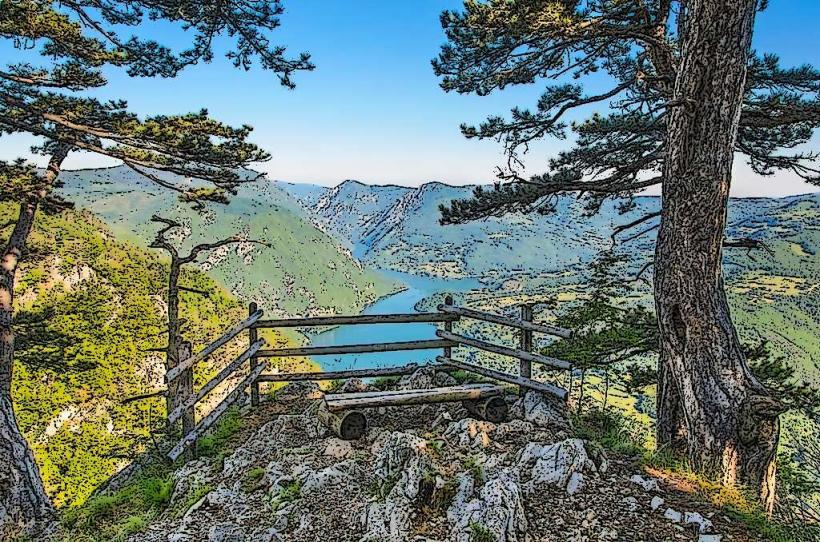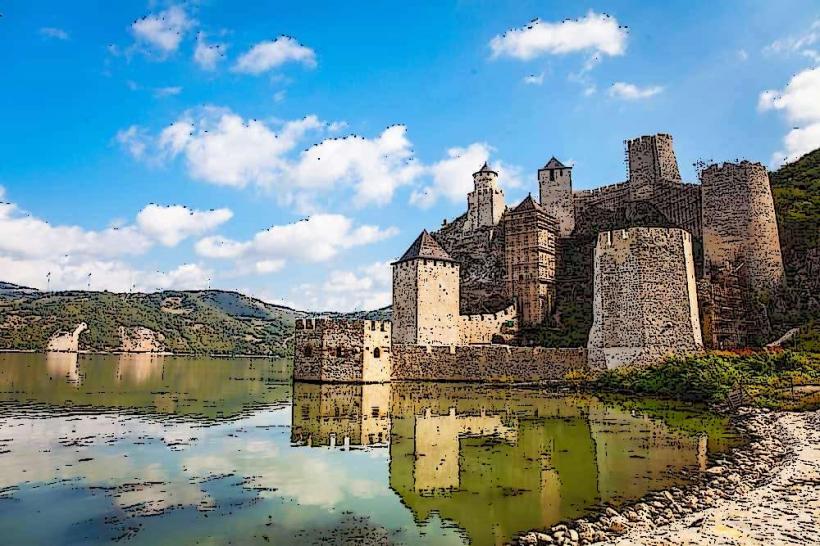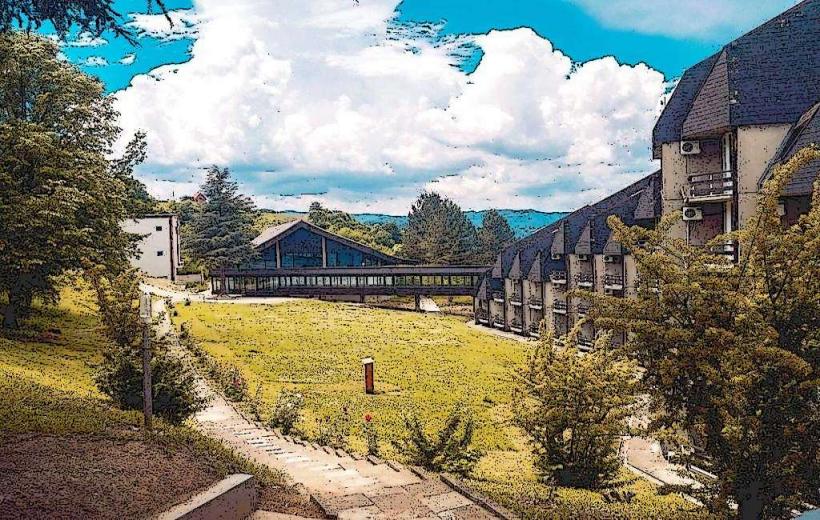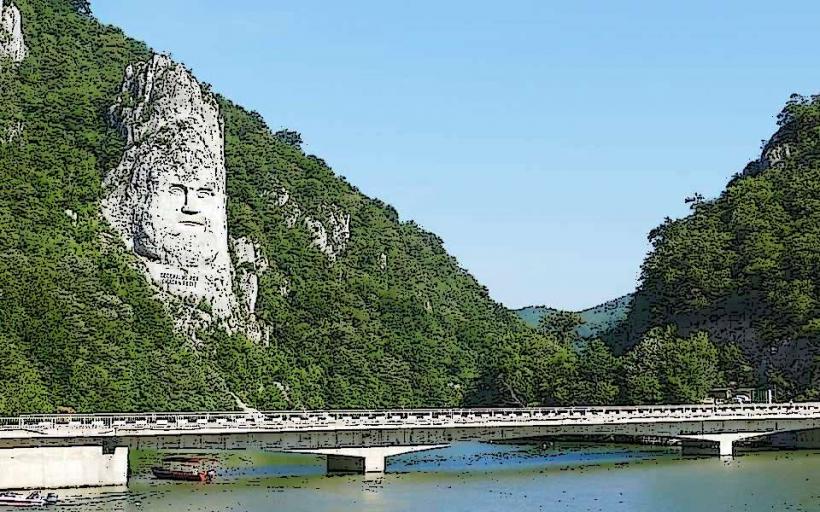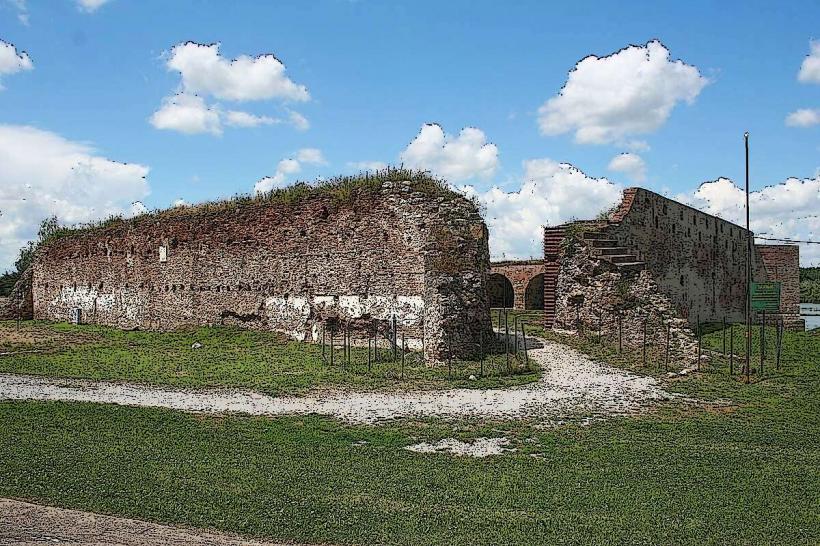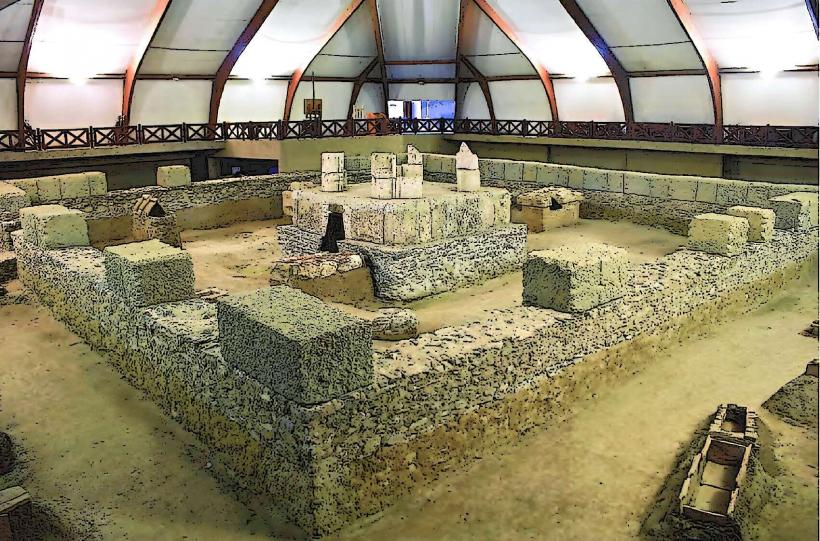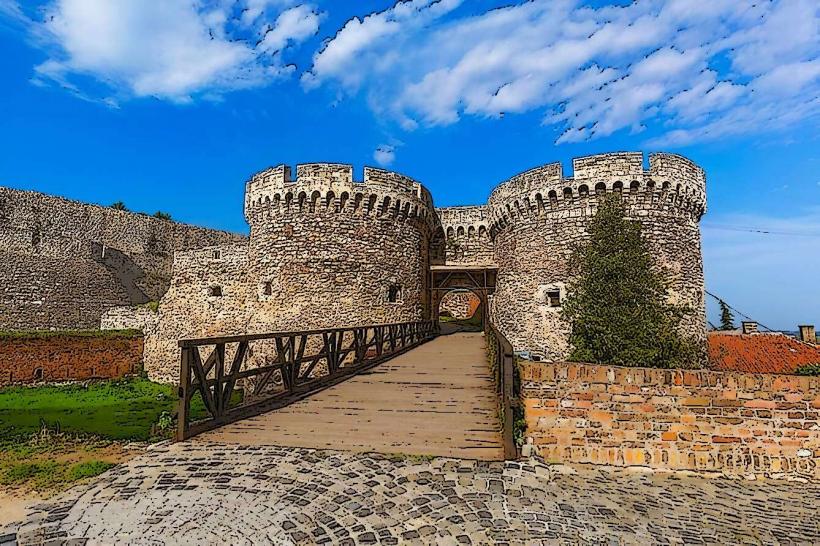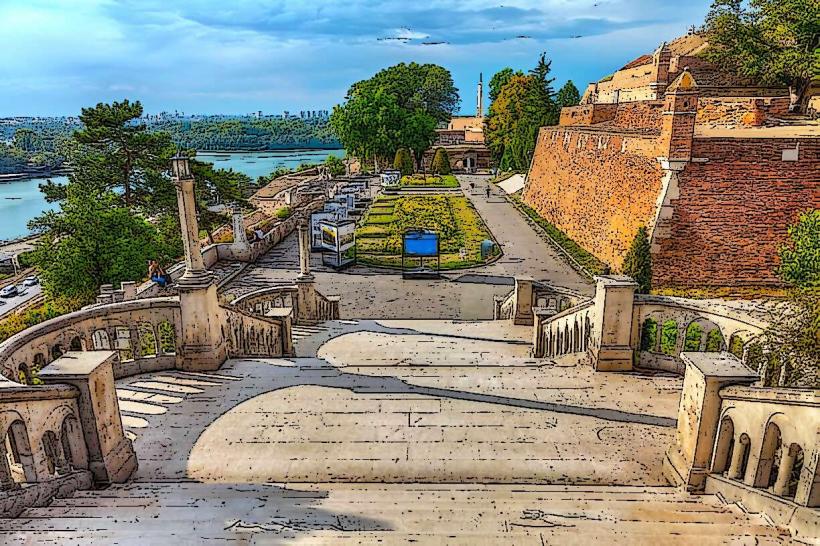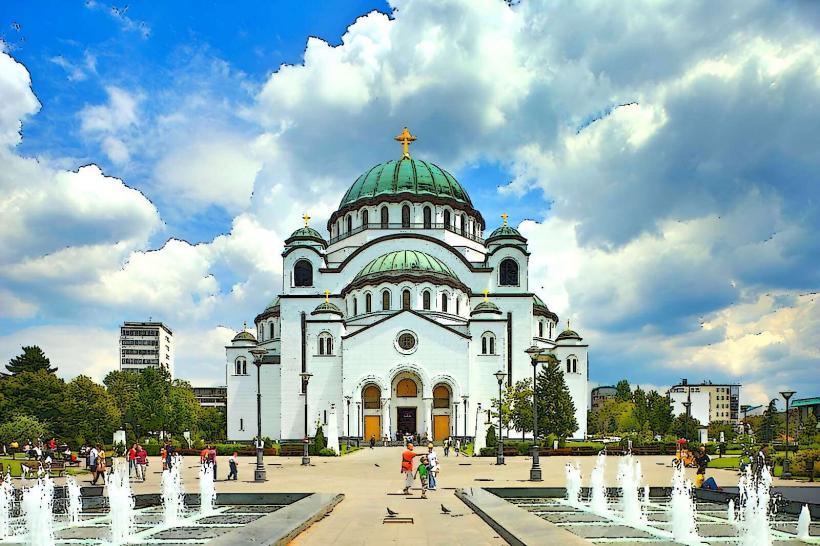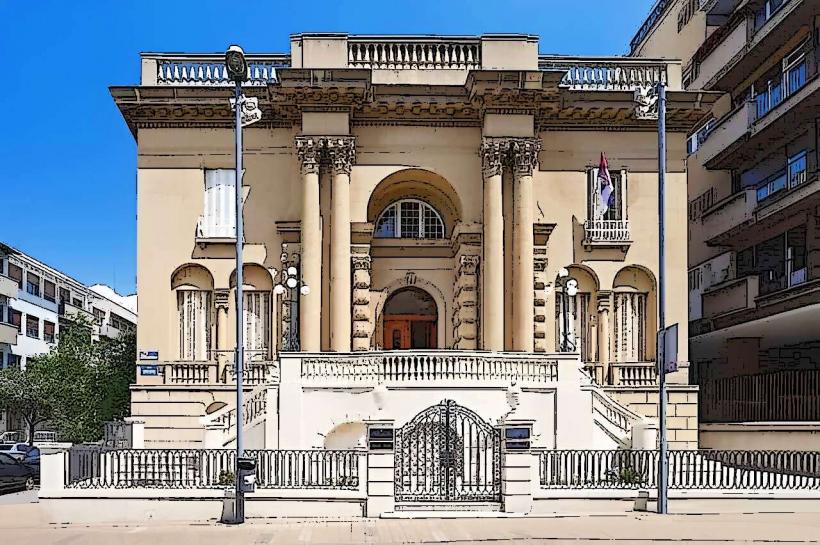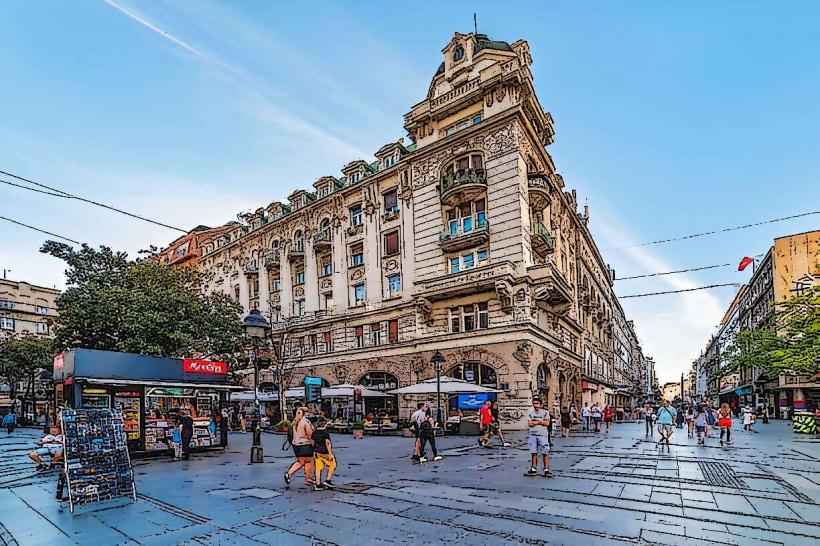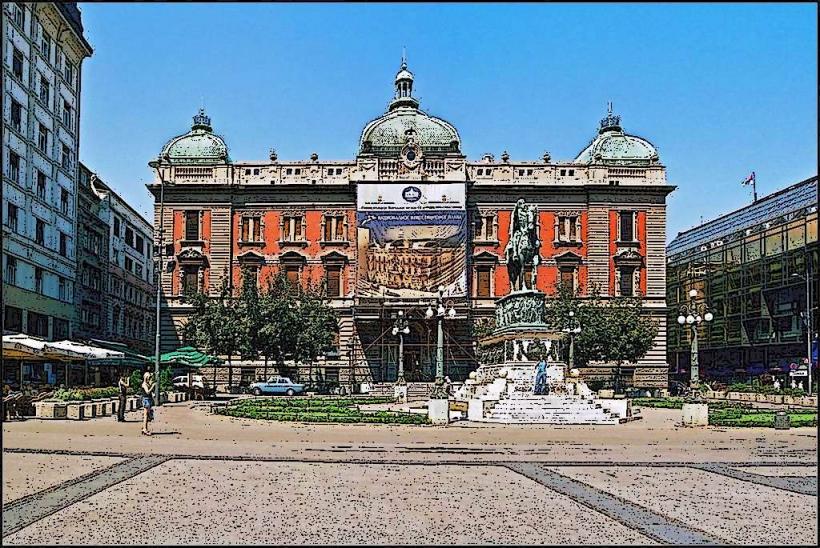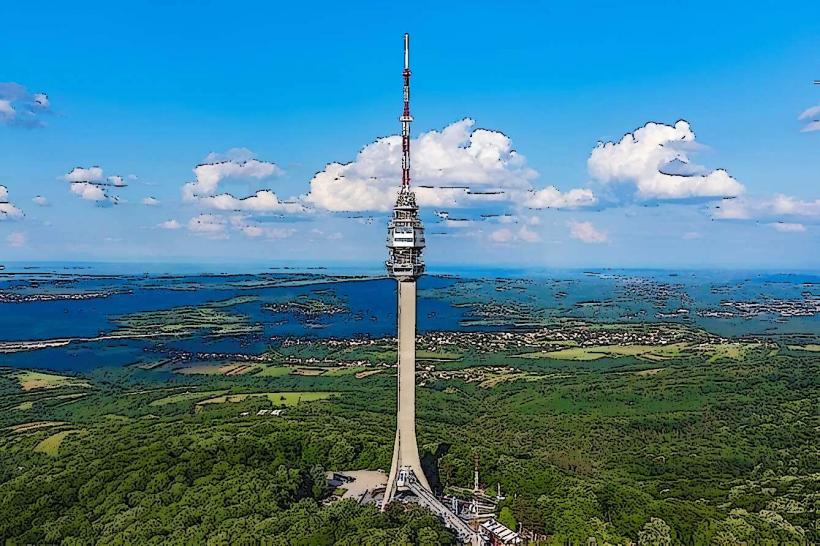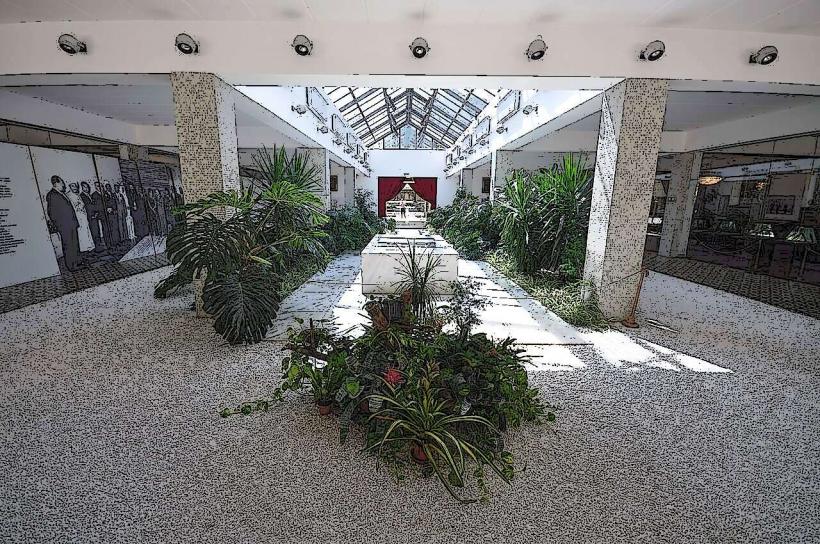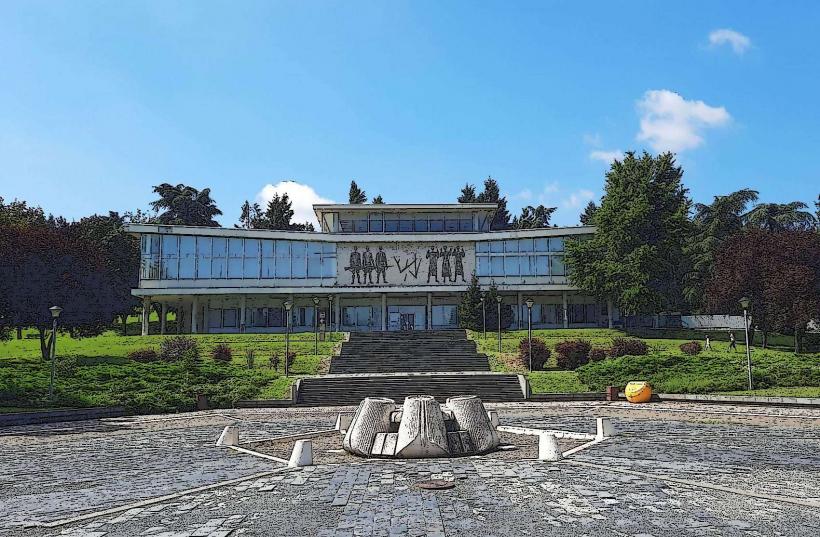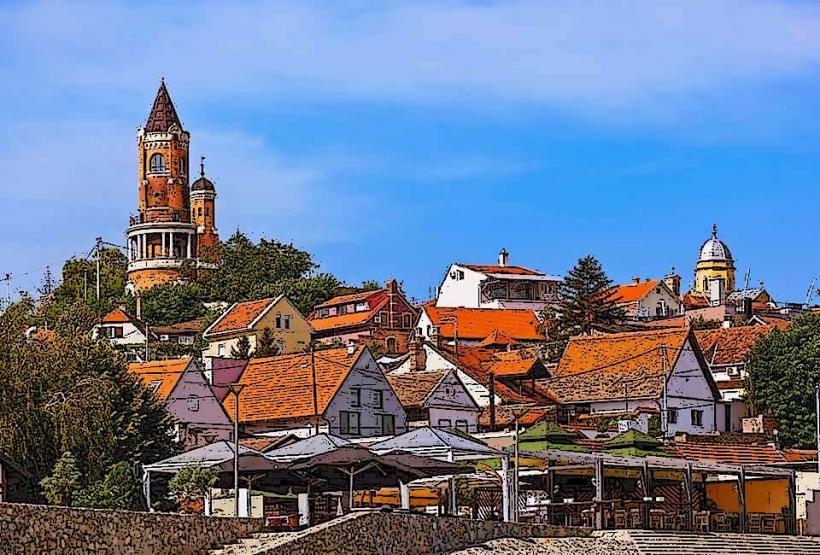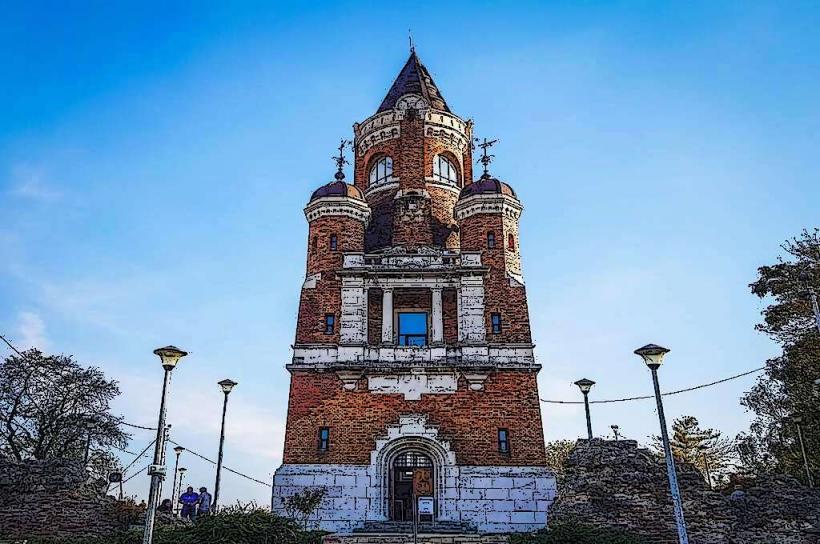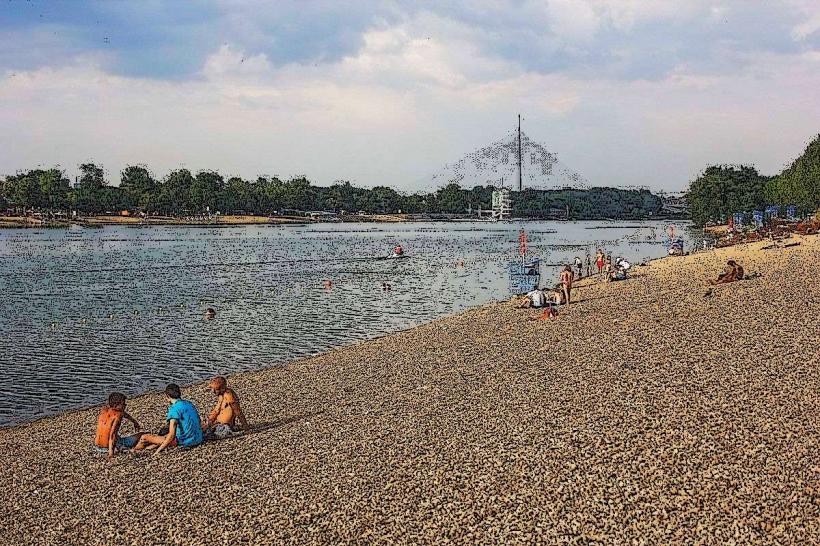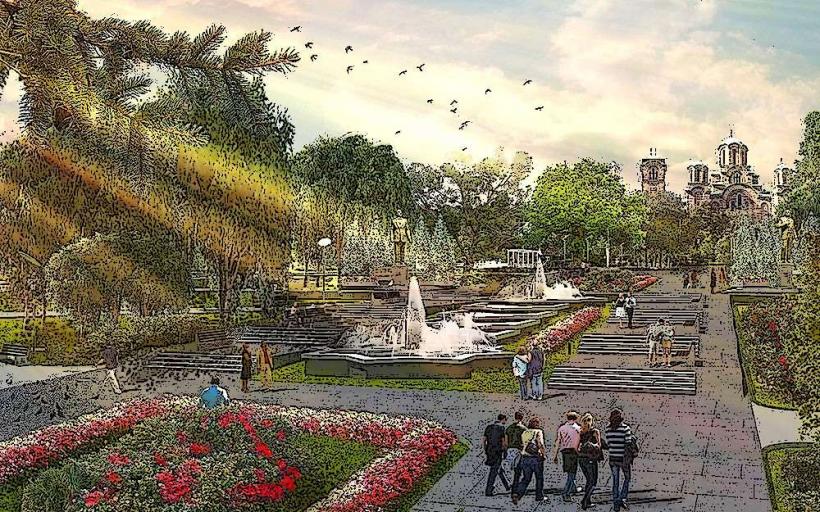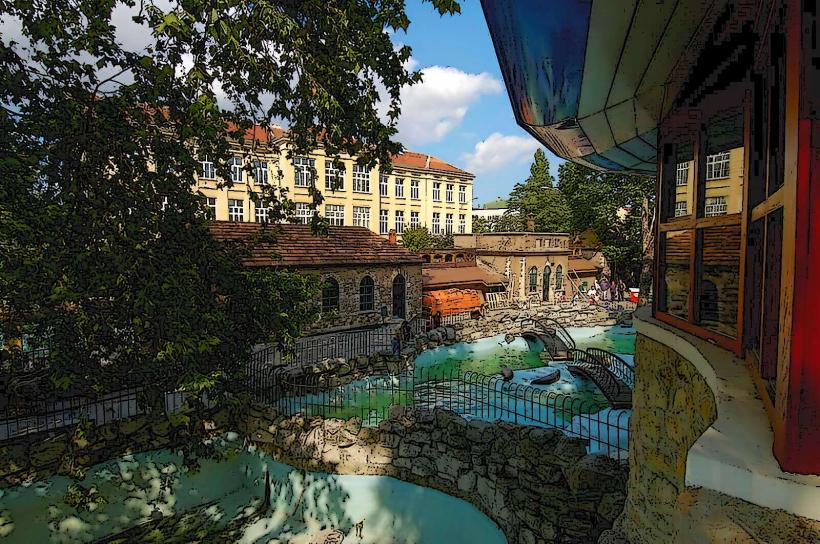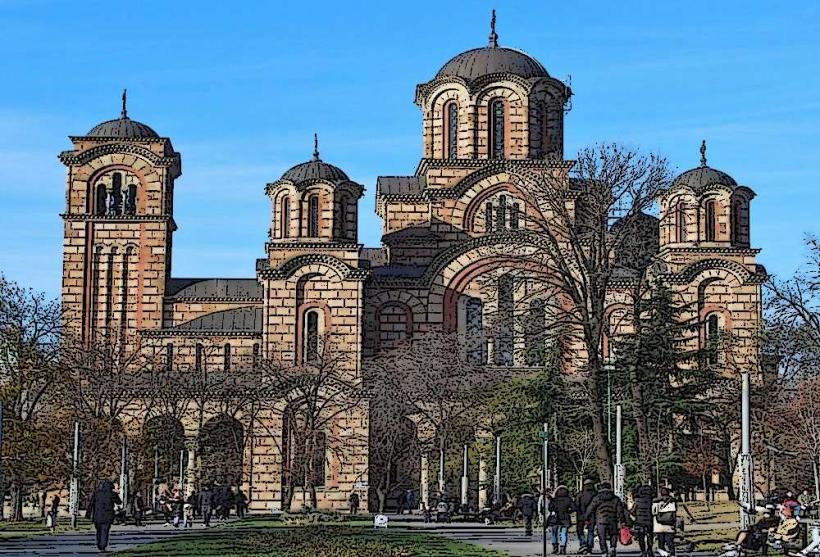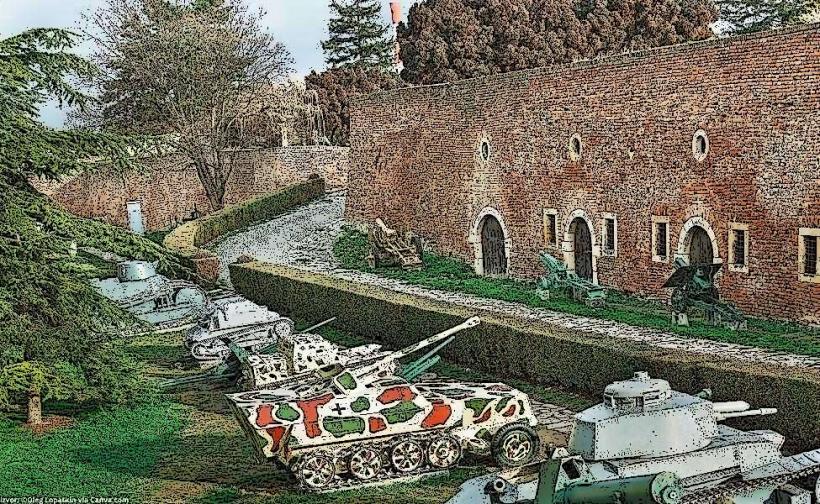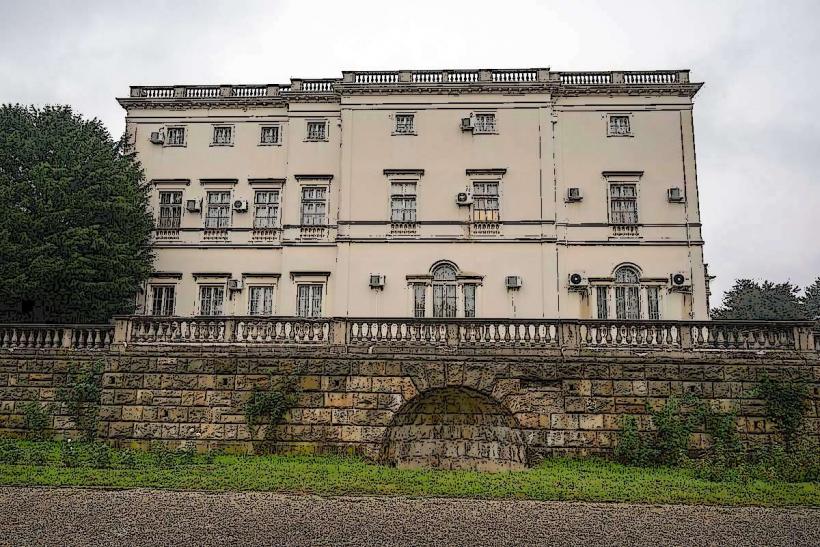Information
Landmark: Republic SquareCity: Belgrade
Country: Serbia
Continent: Europe
Republic Square (Trg Republike) is one of the central and most significant public spaces in Belgrade, Serbia. Situated in the heart of the city, Republic Square serves as a central hub for both locals and tourists, connecting many important streets and landmarks. The square has a rich historical and cultural significance and is home to several of Belgrade's most famous buildings, museums, and statues.
Historical Significance:
Republic Square has been a central gathering point in Belgrade for centuries. Its development and transformation reflect the changing political and social landscape of the city. The square has been a site of political rallies, protests, and cultural events, making it an important location in Serbia's history.
Ottoman and Austro-Hungarian Periods: The area now known as Republic Square was once part of the old Ottoman market, but it began to take shape in the 19th century during the Austro-Hungarian Empire. The square gradually grew in importance as Belgrade expanded, becoming the site of government institutions, theaters, and other cultural landmarks.
20th Century and Yugoslav Period: In the 20th century, particularly after the formation of the Kingdom of Yugoslavia, the square became the epicenter of the city's cultural and political life. Major events, celebrations, and protests took place here, contributing to its status as a symbolic space for the Serbian people.
Post-1990s: After the dissolution of Yugoslavia and the rise of the independent Serbian state, Republic Square remained a focal point of the city’s social and cultural life. It continues to host public gatherings, including concerts, demonstrations, and national celebrations.
Landmarks and Key Features:
Republic Square is surrounded by several of Belgrade's most iconic buildings, statues, and cultural institutions, making it a key part of the city's architectural heritage.
National Museum of Serbia: The National Museum (Narodni Muzej) is located on the northern side of Republic Square. It is the largest and most important museum in Serbia, housing a vast collection of archaeological, historical, and artistic works. The museum's collection spans from prehistoric times to the modern era, featuring works by famous Serbian and international artists, including pieces by Pablo Picasso, Rembrandt, and Vincent van Gogh. The museum building itself is an architectural gem, designed in the neoclassical style, and it was fully renovated and reopened in 2018.
National Theatre: The National Theatre (Narodno Pozorište) is situated on the western side of the square, directly opposite the National Museum. It is one of the oldest and most prestigious cultural institutions in Serbia, hosting performances of classical plays, operas, and ballets. The building, completed in 1869, is a fine example of historicist architecture, with a majestic façade and a grand interior.
Equestrian Statue of Prince Michael: One of the most prominent features of Republic Square is the equestrian statue of Prince Michael Obrenović, which stands in the center of the square. The statue was erected in 1882 in honor of Prince Michael, who played a crucial role in the modernization of Serbia in the 19th century. It is one of Belgrade’s most recognizable monuments and a popular meeting point for both locals and tourists.
The Serbian Academy of Sciences and Arts (SANU): Just a short walk from the square, the Serbian Academy of Sciences and Arts is one of the most important cultural and scientific institutions in Serbia. The building, which dates back to the 19th century, is an architectural landmark and a symbol of Serbia's rich intellectual history.
Historic Architecture: The square is surrounded by an eclectic mix of architectural styles, including neo-classical, art nouveau, and modernist designs. The buildings around the square reflect the city’s evolution from the Ottoman and Austro-Hungarian periods to the modern Serbian state.
Surrounding Streets: Republic Square is a key junction where several major streets converge. To the south, Knez Mihailova Street, one of Belgrade’s main pedestrian zones, runs through the square and leads to Kalemegdan Fortress and Kalemegdan Park. This street is lined with historic buildings, shops, cafes, and galleries, making it one of the busiest and most visited areas of the city.
Cultural Significance:
Republic Square is a vital part of Belgrade’s cultural and social life. The square is regularly used for public gatherings, including art exhibitions, concerts, festivals, and national holidays. It is also a popular spot for locals and visitors to relax, take photos, and enjoy the vibrant atmosphere.
Public Events and Protests: Over the years, Republic Square has been a site of numerous public events and protests. From political rallies to cultural festivals, it remains a venue for expressing civic identity and public sentiment. For example, significant events such as the October 5th, 2000 revolution, when massive protests led to the overthrow of Slobodan Milošević, took place in the vicinity of Republic Square.
Cafes and Social Life: The square is surrounded by numerous cafes, restaurants, and shops that serve as gathering places for both locals and tourists. It’s a vibrant spot for socializing, people-watching, and experiencing the city’s lively atmosphere. The cafes along Knez Mihailova Street are particularly popular, offering a great place to sit and enjoy the view of the square.
Modern Role as a Cultural Hub: Today, Republic Square serves as a cultural hub where various social and cultural activities take place. It is frequently the venue for public concerts, performances, and art installations, especially during festivals such as the Belgrade Summer Festival or the Belgrade Music Festival.
Transportation and Accessibility:
Republic Square is well connected to the rest of the city by several modes of public transportation, including trams, buses, and trolleybuses. Its central location makes it a key transport hub, and many other parts of Belgrade can be easily reached from here. Knez Mihailova Street and the surrounding areas are also pedestrian-friendly, encouraging walking and exploration of the city’s historical and cultural attractions.
Conclusion:
Republic Square is more than just a public space in Belgrade; it is a reflection of the city’s historical, cultural, and social evolution. As a central point for major institutions like the National Museum and National Theatre, as well as iconic landmarks like the statue of Prince Michael, it is an essential destination for anyone visiting Belgrade. The square is a symbol of Serbia’s past and present, hosting both historic monuments and contemporary public life. Whether for a quiet moment of reflection or to participate in a national celebration, Republic Square offers a rich and varied experience that is at the heart of Belgrade’s cultural landscape.

